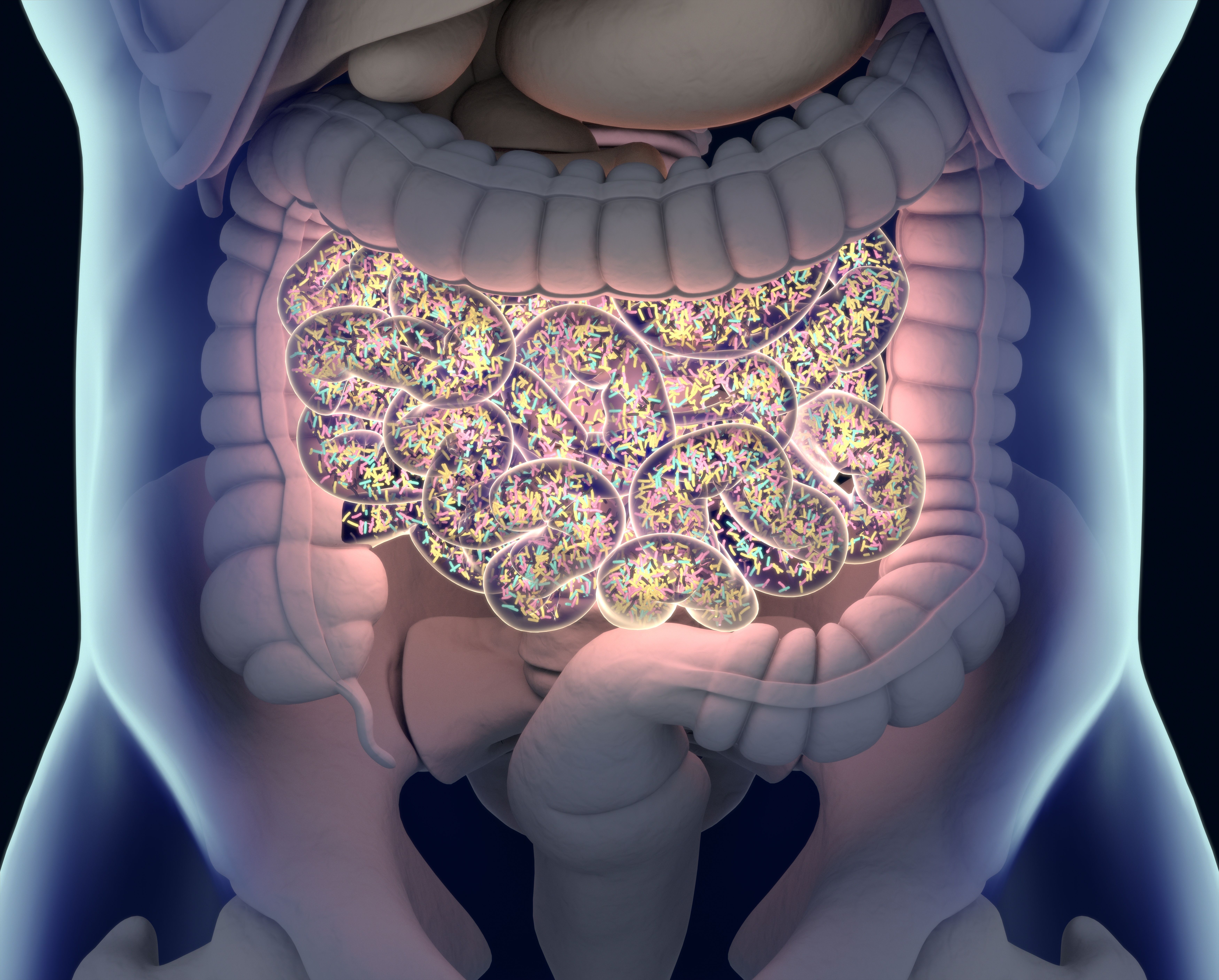Neoadjuvant Sotigalimab Proves Efficacious in Rectal Cancer
Results from the INNATE trial showed the use of sotigalimab to be a safe and efficacious regimen for patients with rectal cancer.
“[Sotigalimab demonstrated] clear pharmacodynamic impact. There is evidence of adaptive immunity with more [information] to come,” according to study author Todd Aguilera, MD, PhD.

Sotigalimab demonstrated feasibility and an acceptable safety profile as neoadjuvant therapy for patients with rectal cancer, according to results from the phase 2 INNATE trial (NCT04130854) that were presented at the 2024 American Society for Radiation Oncology (ASTRO) Annual Meeting.
In the sotigalimab arm, 19 patients were randomly assigned, 1 received sotigalimab twice, and 1 refused surgery. In the control arm, 11 patients were randomly assigned, 1 died during chemotherapy, 1 progressed during restaging, 1 had metastases at surgery, 1 had a poor response to extended chemotherapy, and 3 refused surgery.
Overall, 30 patients were randomly assigned and had initial therapy, 93% completed protocol therapy, and 80% received surgery per protocol. In the sotigalimab arm, 22.2% of patients had a pathological complete response (pCR) or resection vs 14.3% in the control arm, and 36.8% had a major response vs 60%, respectively.
“[Sotigalimab demonstrated] clear pharmacodynamic impact. There is evidence of adaptive immunity with more [information] to come,” Todd Aguilera, MD, PhD, assistant professor of radiation oncology at UT Southwestern Medical Center in Houston, Texas, said during the presentation.
Aguilera noted this trial was created because of the critical need to improve survival and eradicate tumors. Currently, immunotherapy has “had no major wins” in rectal cancer, he explained, highlighting that this “gave his team the perfect window” to create the INNATE trial.
In the INNATE trial, 58 patients were enrolled and randomly assigned 3:2 with the time to enroll at 62 months. The primary end point was pCR and secondary end points included safety and toxicity, disease-free survival at 3 years, and overall survival at 3 years.
To be included in the trial, patients had to be 18 years or older, have newly diagnosed locally advanced rectal adenocarcinoma, and have stage III/high-risk stage II disease or locally advanced disease with liver limited to metastatic cancer.
At week 1, patients were given radiation therapy. From weeks 4 to 23, leucovorin calcium, oxaliplatin, and fluorouracil (FOLFOX) were given as treatment. MRIs were conducted after chemotherapy followed by surgery. Sotigalimab was given on day 3 of radiation therapy and between cycles 1 to 5 of FOLFOX.
“A rigorous collection of tissue was planned out, which included biopsies pre- and post-radiation prior to starting immunotherapy. We collected blood throughout to better understand systemically what’s occurring,” Aguilera said.
Patients were first enrolled on July 30, 2020 across 4 US centers. An additional 30 patients were enrolled at the same institutions until June 23, 2022. Overall, 37% of patients were Hispanic, 50% had the Parkland safety net, and the median age was 55 years old.
Overall, 77% of patients had T3 disease and 23% had T4 disease, while 67% had N2. Additionally, 67% had stage IIIC disease.
Regarding safety, grade 3/4 adverse events (AEs) occurred in 26% of patients on the sotigalimab arm vs 45% in the control arm; 1 toxicity-related reaction was related or possibly related to sotigalimab vs 2 that were related to radiation therapy. There were no grade 5 toxicities in the sotigalimab arm but 1 occurred in the control arm, which was due to cardiovascular arrest after perforation.
The most common grade 3 or higher AEs in the sotigalimab arm included intestinal obstruction (n = 2), wound infection (n = 2), abdominal pain (n = 1), and ileus (n = 1). The most common in the control arm, which all occurred in 1 patient, each included cholecystitis, dehydration, pulmonary embolism, and obstruction.
Aguilera noted there were no unexpected toxicities that occurred.
Reference
Sanford N, Elghonaimy E, Kardosh A, et al. Outcomes and immune responses from INNATE: a randomized phase 2 trial of sotigalimab during neoadjuvant therapy of rectal cancer. Presented at: 2024 American Society for Radiation Oncology Annual Meeting; September 28-October 2, 2024; Washington DC. Abstract LBA08.